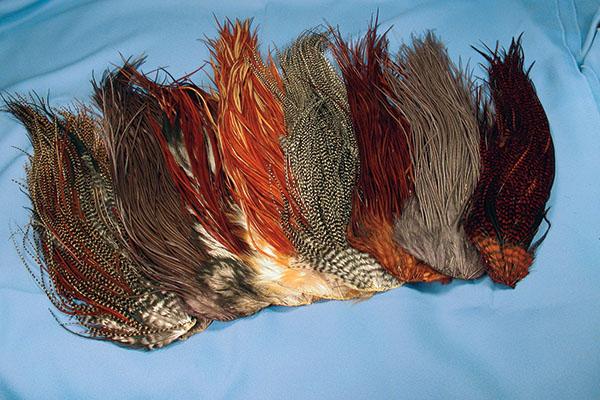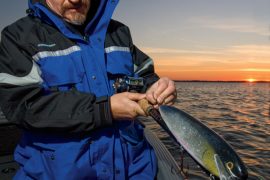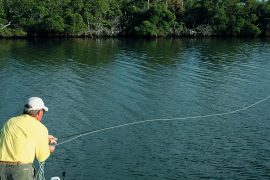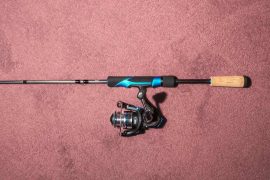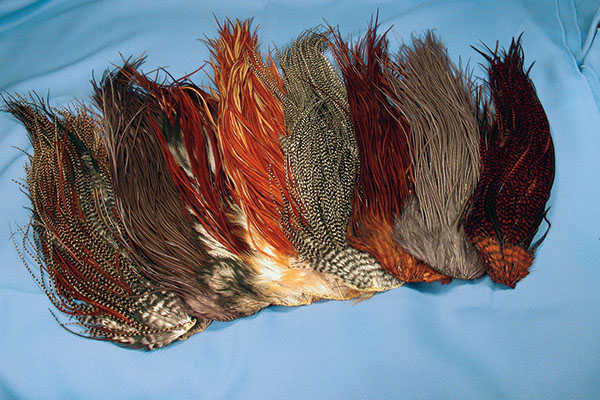
I often say that fly tying is merely a vast collection of techniques. There are so many, it’s difficult to learn them all, and even more problematic to master them all. No matter how long you’ve been tying, there is always a new skill to add to your repertoire, or an old skill that can use refining. Over time, the best tiers return to skills they learned long ago, and polish them to the point of perfection. In fly tying, as in everything else, it’s the small details that separate an average fly from a perfect fly, and wrapping hackle is a shining example of that.
I have been teaching fly-tying classes since I was 12 years old, and I’m now 46. During those 34 years of teaching, I’ve found mastering a tight, compact dry-fly hackle collar is a common trouble spot for tiers of all skill levels.
In so many books and Internet fly-tying instructions, wrapping the hackle is often glossed over. What we often read is “Step 5, wrap the hackle.” Presumably, complete instructions are not provided because it’s not pertinent to a specific fly pattern, but directions like this can lead to insurmountable frustration.
I am going to try to lessen those frustrations by sharing some of the little tricks and tips I have learned over the years. These techniques might seem insignificant, but they actually have a huge impact on your finished dry fly.
Choosing the Hackle
The first step in creating a neat, upright hackle collar on a dry fly comes with feather selection itself. I almost always prefer saddle hackle feathers for my dry flies. I live in Colorado, and I admit I am firmly entrenched in what might be called the Western school of fly tying. I prefer to tie my flies a bit more heavily hackled than my Eastern counterparts, and I find that quality dry-fly saddle feathers are denser, with more barbs per inch of hackle stem. The stems are also more consistent from top to bottom and therefore easier to wrap than neck hackles, which tend to be more tapered through the usable part of the hackle.
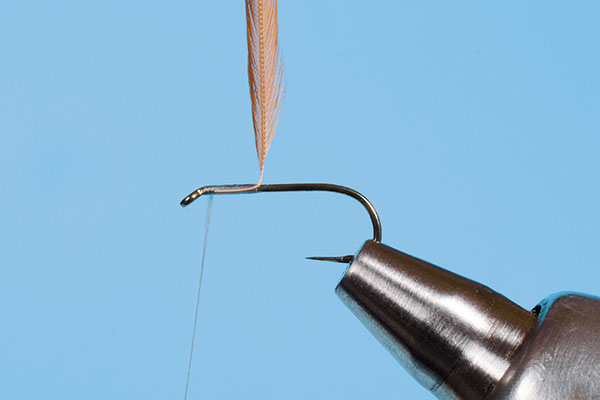
You certainly can create beautiful hackle collars using neck feathers, and in many cases, such as with Catskill-style dry flies, a sparse hackle collar is desirable and historically accurate. But my preference is for floaty flies with lots of surface area and minimal upkeep on the water, and I find that saddle feathers work best to produce the look and the function I’m going for.
Once you select a feather, you must match it to the hook size. Typical hackle collars should have barbs from one and a half to two times as long as the gap of the hook. You can size the feather using the hook itself or any of the myriad hackle gauges that are available these days. I tend to slightly undersize my hackle and find it more pleasing to my eye, but that’s a matter of my personal style more than function, when I am honest about it.
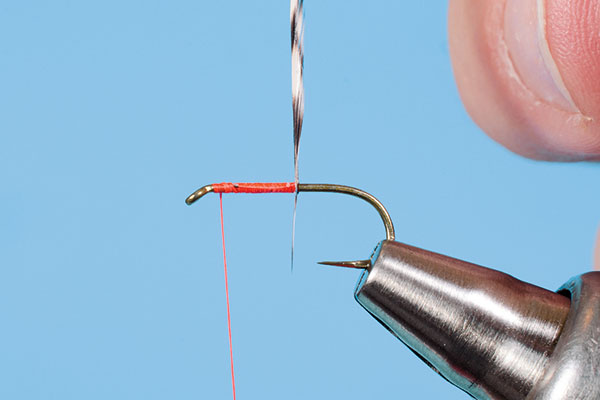
Preparing the hackle and getting it attached to the hook is most often when things go awry. What is supposed to be a simple act of tying the feather in and wrapping it forward is a much more involved and detailed process if you want a neatly wrapped and compact…

